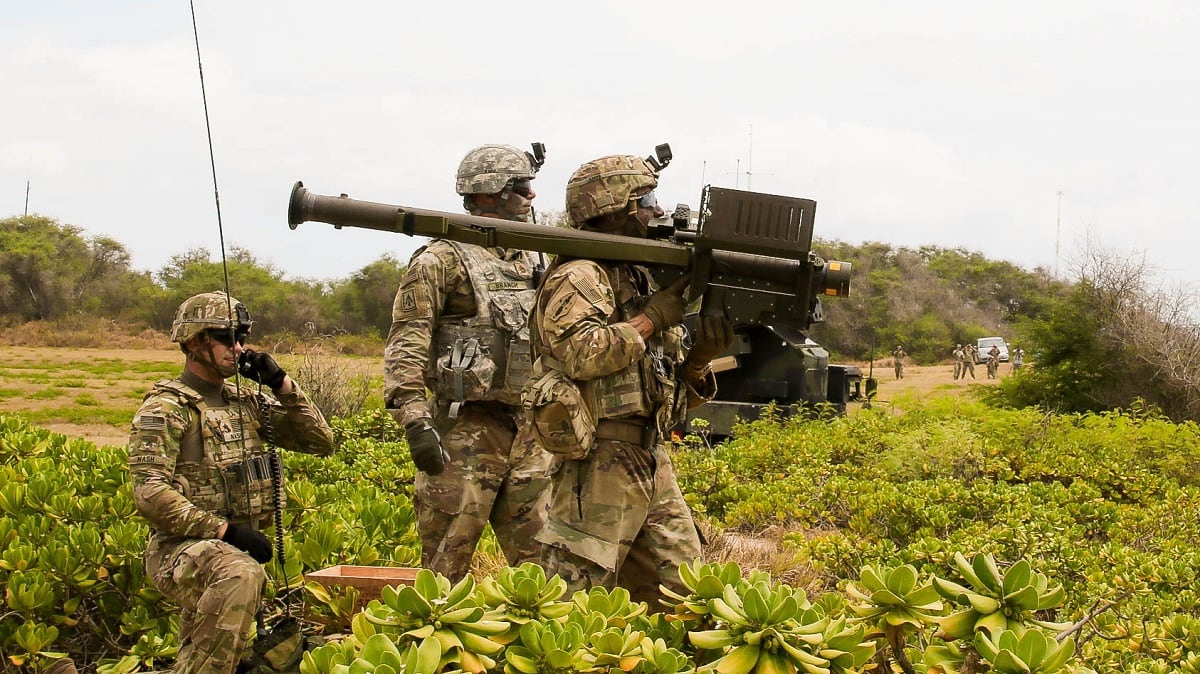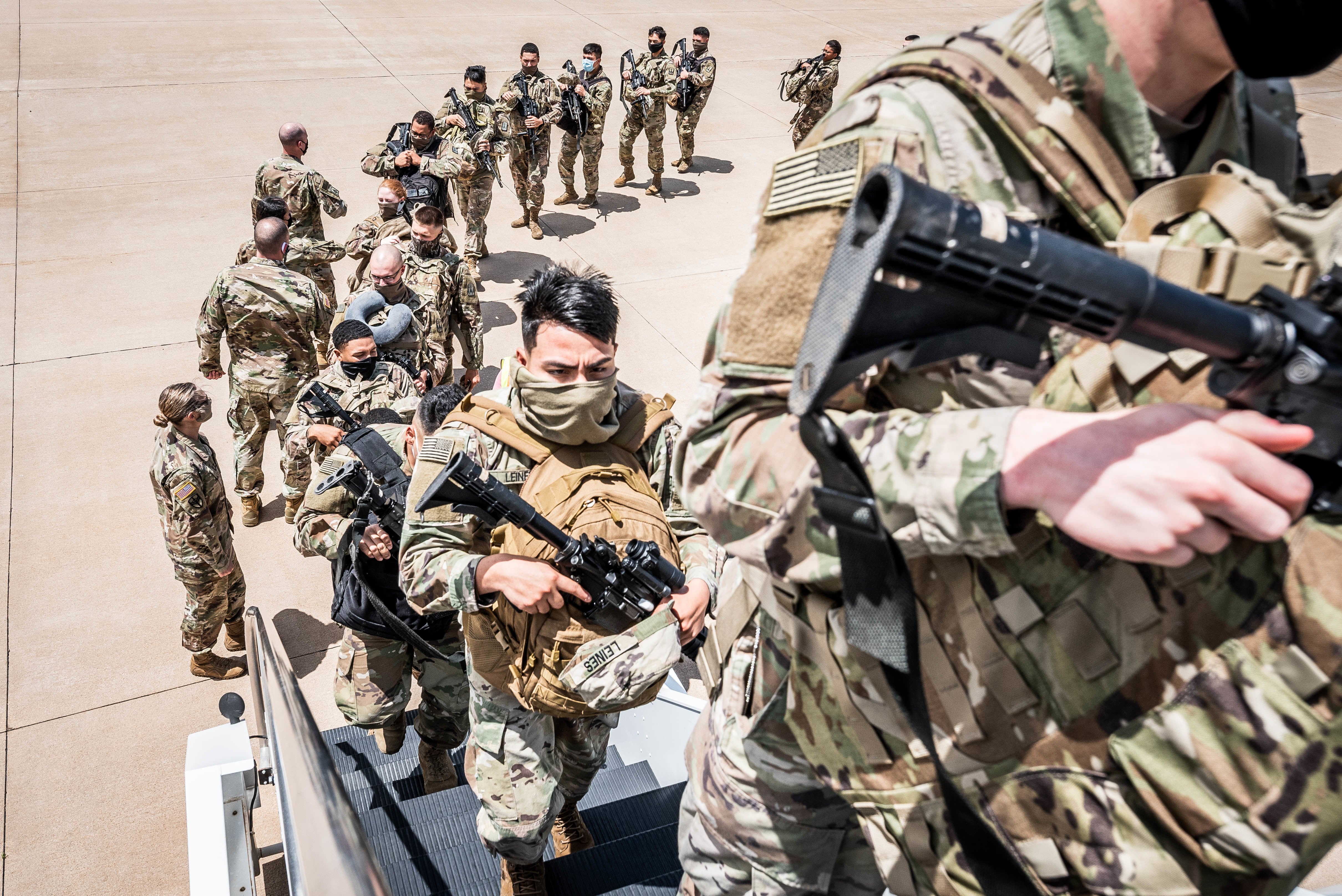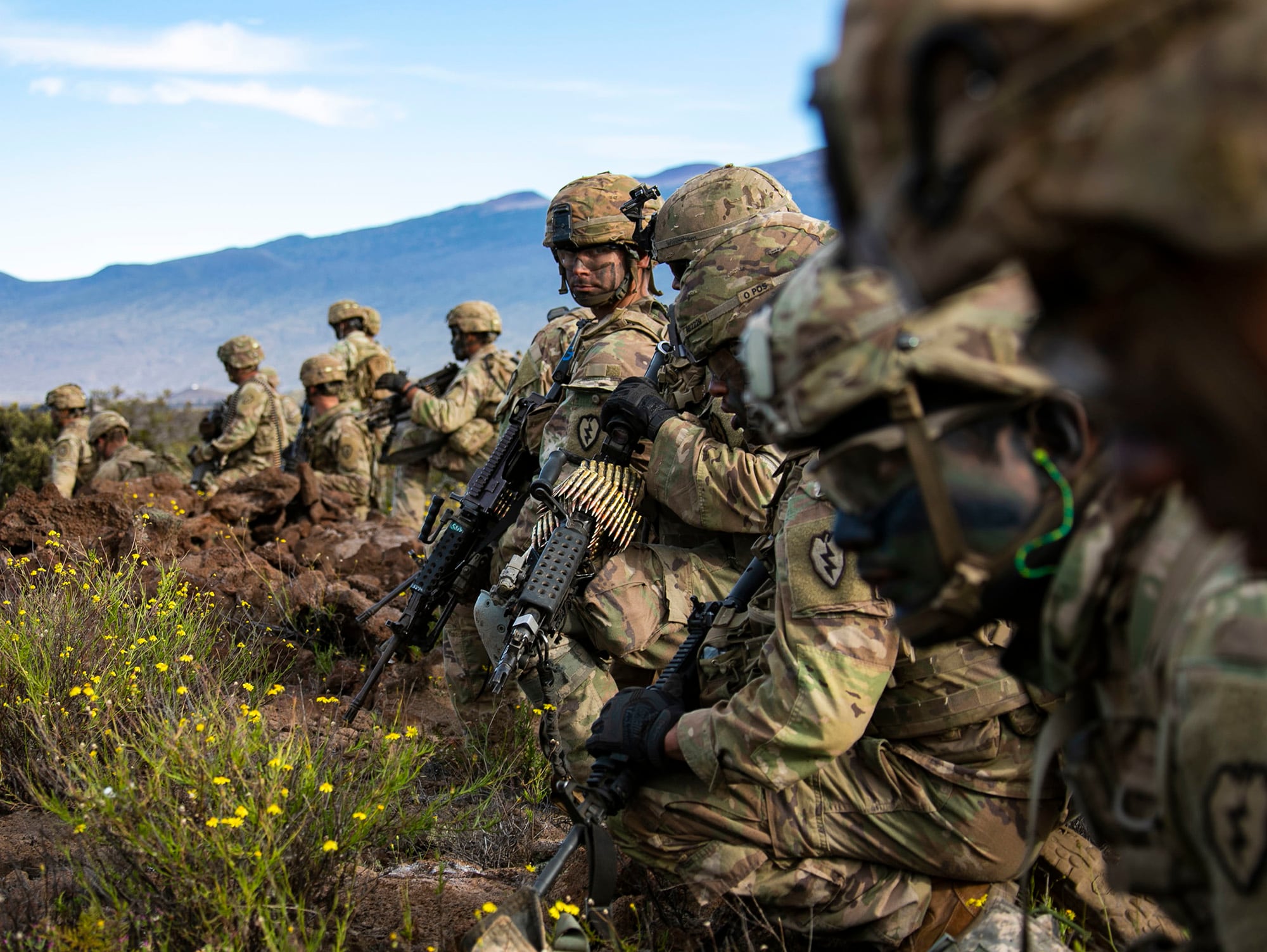A new Army force generation model is being introduced to better balance demands across the globe with the transformational changes the service needs to prepare for a future fight against a peer adversary, said Lt. Gen. Charles A. Flynn, the deputy chief of staff for Army operations, plans and training.
The new plan, dubbed the “Regionally Aligned Readiness and Modernization Model,” will allocate Army units to different theaters in roughly one year, giving them expertise in the parts of the world to which they would deploy during an actual conflict and allowing them to stockpile the right equipment for those clashes.
The model also aims to provide soldiers more predictability, so formations have time in the near future to be outfitted with new equipment, hone doctrine and reorganize units if necessary.
“Modernization is a demand on the Army that we have to account for,” Flynn told Army Times. “So we are trying to create a model that provides units predictable windows to modernize. And that will be especially important with capabilities that begin to enter into the force.”
The Army’s modernization projects are expected to start arriving to tactical formations in 2022 and will continue through 2030. Some units, like rocket batteries, may have to reorganize as part of modernization. New equipment will also require retraining, new leader development strategies and new doctrine.
“We’re trying to prepare the force, the Army, and all the components to make adjustments when these advanced capabilities arrive,” Flynn added. “Because it’s not just a new thing. It’s also a new organization.”

From a planning standpoint, 2022 is right around the corner, Flynn said. But the Army doesn’t have the luxury of shedding global responsibilities while reshaping the force.
Roughly 60 percent of combatant command needs across the world are filled by soldiers. Brigades are constantly rotating to Southeast Asia and Eastern Europe, manning outposts in Africa and the Middle East, and responding to spikes in tensions with North Korea and Iran.
Units currently operate in an environment of “unpredictability, and arguably, even instability,” said Army Forces Command deputy boss Lt. Gen. Leopoldo A. Quintas Jr. during the Association of the United States Army conference Wednesday.
“Units are placed on rotational missions based on their availability," Quintas said. “And these missions vary in location, length, manning, readiness requirements and equipment. Modernization today occurs when we can find a window to fit it in. Every week, month and year is filled with, not only constant change, but also high tempo.”
Regionally aligning units will create predictability for units, soldiers and their families, but it will also provide expertise, according to Flynn.
“It’s going to enhance our ability to compete and respond to crises or conflict, because [soldiers are] going to know the environment,” Flynn said. "And they’re going to know the conditions that they’re more likely to operate in.”
The 25th Infantry Division, for instance, would most likely be tapped for contingencies that could arise in the Indo-Pacific, so it makes sense to give those soldiers a better understanding of that part of the world. Regionally aligning forces will also help the Army better arrange pre-positioned stocks, Flynn noted.
RELATED

“So the threats across Europe, while some are similar to the Indo-Pacific, some are very different. So the material solutions and the equipment configurations are likely going to be different,” Flynn said. “For example, we might not need a lot of watercraft in Europe, but we’re going to need a lot out in the Indo-Pacific.”
Elements of the new force generation model are still being worked through. But the general idea is to place units into “mission lines,” Flynn said.
“We’re going to have a number of units, by type, that are focused on a particular region,” Flynn explained. “We intend to have them focused on those regions so that they can exercise in that region.”
“It doesn’t mean that you wouldn’t go to a war somewhere else on the globe,” he added. “It just means that if we call you, because the crisis is in that theater, you’re going to go first because your equipment is tailored for that, you understand the environment, you know the conditions, you know the allies and partners, you know the adversary [and] you know the plan.”
Flynn’s team has been running simulations and war games pertaining to the new force generation model “for the better part of two years,” he said. Later this month, they will do another rehearsal of concept, or ROC drill, to walk through vignettes.
The service hopes the new force generation model will prevent the Army from having to figure out “all the variables” when a crisis arrives, said Flynn, and will help flex forces into a conflict rapidly so delays don’t create vulnerabilities.
Kyle Rempfer was an editor and reporter who has covered combat operations, criminal cases, foreign military assistance and training accidents. Before entering journalism, Kyle served in U.S. Air Force Special Tactics and deployed in 2014 to Paktika Province, Afghanistan, and Baghdad, Iraq.




